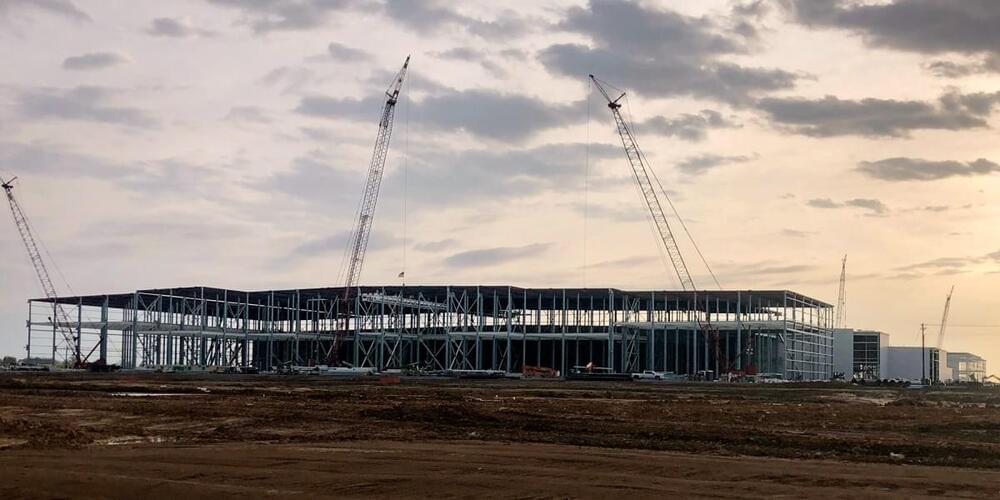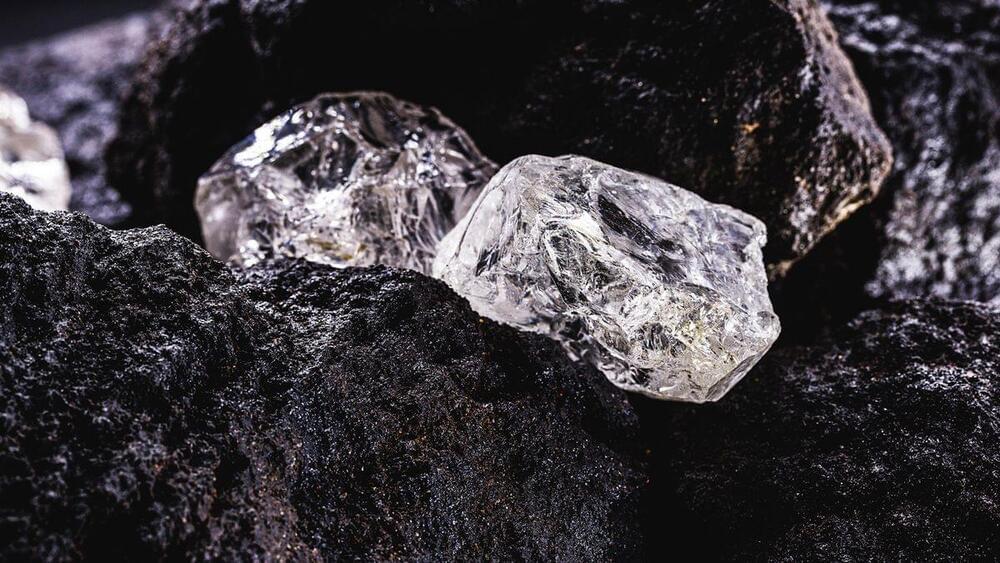Belinda Howell, Non-Executive Director at Digital Catapult, walks Reuters Plus through the potential that AI has to reduce carbon emissions and mitigate climate change.



EU law requires manufacturers to adopt Type-C chargers in phones, tablets, etc by December 2024.
Apple will switch out its proprietary Lightning charging port in iPhones to be compatible with a USB Type-C cable instead, reported.
The EU law says that by 2024-end, all mobile phones, tablets, and cameras sold in countries under the EU will have to be equipped with a USB-C charging port. From spring 2026, the obligation will extend to laptops as well. The law’s overall purpose is to cut down on environmental waste and save consumers an estimated $247 million per annum.
For the first time in my timezone, SpaceX completed 9 launches in a month. Previously, if you were based in Europe, you saw 9 launches in a month a few months ago. At 9 launches/month that is a current rate of 108 launches/year, making SpaceX’s goal of 100 launches this year a possibility.
They had a lot of trouble getting this flight off today as a recent hurricane is still affecting the weather some. They got around this by having a 5 and a half hour launch window so they just waited a few hours until the weather was clear for several minutes and they launched!
They were supposed to launch today from California as well but weather stopped this and they will be launching from California… More.
A SpaceX Falcon 9 rocket is set to lift the next batch of 22 Starlink v2 Mini satellites into orbit at a 43 degree inclination on a southeastern trajectory from SLC-40. The window opens August 31 at 7:31PM EDT and closes at 01:01AM EDT.
Article:

In an era of growing digitalisation, data centers have emerged as the fundamental support of our technological framework. However, worries persist over the ecological effects due to their swift growth and power-demanding activities. These data centers rank among the planet’s most energy-intensive establishments, drawing substantial electricity to fuel servers, cooling mechanisms, and auxiliary apparatus vital for their operations. Such elevated energy usage significantly affects the environment by adding to greenhouse gas discharges and ushering climate change.
The AI Power Consumption Challenge
The growing surge of AI (Artificial Intelligence) in recent years has been a remarkable and transformative phenomenon. However, AI models and algorithms are highly resource-intensive and consume significant amounts of power. Training AI models involve massive computational workloads, often requiring specialised hardware accelerators like GPUs, which consume substantial energy. This power consumption is a major concern when it comes to making data centers greener.


It’s the first of its kind model and it can suggest countermeasures for dealing with natural disasters.
Global warming is causing more and more natural disasters which often lead to devastating consequences including loss of life. These take the shape of extreme weather events such as heavy rainfall, droughts, tsunamis, cyclones, landslides, avalanches, earthquakes and forest fires.
Now, civil engineers at Monash University have conceived of a first-of-its kind software called GeoXPM that can not only predict where a geo-disaster might occur but also assess the event’s impact on its surrounding environment in order to mitigate its consequences. This is because the model can make suggestions of next steps to take to avoid dire loss of life and save as much property as possible.

SEATTLE — Undergirding recent budget guidance from the Biden administration to federal research and development organizations is a recognition of a steady and growing demand for microelectronics as a key enabler for advancement in nearly every technology sector, according to a senior White House technology advisor.
The White House on Aug. 17 issued its research and development priorities for the fiscal 2025 budget, offering direction to federal offices as they plan to submit their spending requests to the Office of Management and Budget in early September. The high-level focus areas include strengthening the nation’s critical infrastructure amid climate change, advancing trustworthy AI, improving healthcare and fostering industrial innovation alongside basic and applied research.
According to Steven Welby, deputy director for national security within the White House’s Office of Science and Technology Policy, most of those priorities have some sort of connection to the nation’s goals for boosting the microelectronics industrial base.
As climate change and global population growth pose ever greater challenges for agriculture, Israeli technology offers a wealth of inventions and advanced tools to help farmers adapt.
Interested in licensing this video? Get in touch 👉 http://u.afp.com/wvnD
N.B.: AFP’s services and content are for professional use only.

Dan Breeden first posted about this, but this is intresting. I love this as I theorized the same, when there was geological activity in Kenya’s Rift, however I had no science to back up my beliefs. Thanks Dan for your post. (Reposted Information from another source)
Researchers noticed that kimberlites occur most often during times when the tectonic plates are rearranging themselves in big ways, Gernon said, such as during the breakup of the supercontinent Pangaea. Oddly, though, kimberlites often erupt in the middle of continents, not at the edges of breakups — and this interior crust is thick, tough and hard to disrupt.
Researchers have discovered a pattern where diamonds spew from deep beneath Earth’s surface in huge, explosive volcanic eruptions.
Soundtrack: https://melodysheep.bandcamp.com/album/the-human-future-original-soundtrack Patreon: http://patreon.com/melodysheep Change is coming. Humanity is entering a turbulent new era, unprecedented in both Earth and Human history. To survive the coming centuries and fulfill our potential as a species, we will have to overcome the biggest challenges we have ever faced, from extreme climate change, to rogue A.I., to the inevitable death of the sun itself.
The headlines make our chances look bleak. But when you look at our history and our tenacity, it’s clear that humanity is uniquely empowered to rise to the challenges we face.
If we succeed, our potential is cosmic in scale. Incredible prosperity is within our reach. Being optimistic is not only justified, it’s a powerful weapon in the fight for a higher future.
–
Story, visual effects, music & Sound by melodysheep (John D. Boswell)
Narrated by Will Crowley.
Soundtrack coming soon to all major music platforms.
Thank you to Protocol Labs for sponsoring this video: protocol.ai.
ADDITIONAL VISUALS & MODELING BY